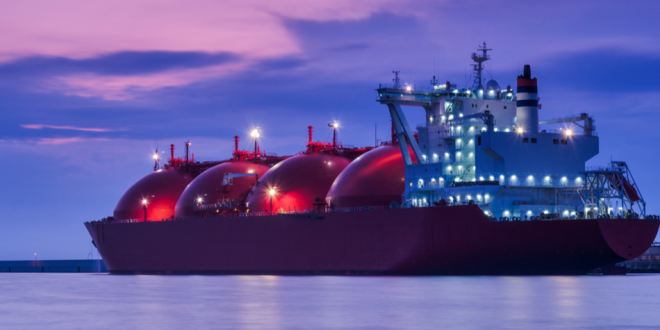Since Russia’s invasion of Ukraine upended global energy markets, the LNG industry has been grappling with many uncertainties. In fact, the only real certainty is that spot LNG prices will remain elevated for years to come, even if they don’t hit the most recent record highs again. Key demand centers in Europe and Asia are facing their own set of uncertainties at the end of the heating season and ahead of next winter, the peak demand period in the northern hemisphere.
Uncertainties range from how much Europe will have managed to fill its storage capacity by next November, to how much Asia will buy on the spot market to stock for the winter after lackluster demand so far this year.
LNG supply and demand will also depend on whether Russia will cut off supply to more EU customers after halting deliveries to Poland, Bulgaria, and Finland, and on how cold next winter will be in Europe and Asia.
“We have massive uncertainty over what will happen next,” Steve Hill, Executive Vice President at Shell Energy, said at this week’s World Gas Conference in South Korea.
“If we convert the Russian pipeline gas volume into Europe in 2021 into an LNG equivalent, and add on the LNG volumes delivered into Europe in 2021, that’s 200 million tonnes of LNG equivalent. That’s half the size of the current (global) LNG industry,” Hill said, as carried by Reuters.
It’s clear that Europe will not be able to replace all the Russian pipeline gas with LNG soon. The world just doesn’t have that much supply capacity and will not have it until some point in the middle of this decade. Larger volumes of LNG are expected to hit the market in 2026 and afterward, when the U.S. projects under development and Qatar’s expanded capacity come on stream.
Since the energy crisis of last autumn, Europe has displaced Asia as the growth driver of LNG demand and is no longer “the market of last resort” for LNG cargoes. The Russian invasion of Ukraine has further spurred Europe to start reducing its heavy reliance on Russia’s piped gas, without which the continent currently risks a severe industrial slowdown and a rush to secure heating for next winter.
As of May 26, gas storage capacity in the EU was 44.45% full, while in the UK, this capacity is over 91% full, according to data from Gas Infrastructure Europe.
Storage levels in Europe are back to normal levels for this time of the year, but there is nothing normal in the global energy market this year, so LNG demand in Europe is expected to remain high through the start of the next winter season. Moreover, the EU member states are now required to reach a minimum 80% gas storage level by November 1 to protect against potential interruptions to supply. From 2023, the target will be raised to 90% full gas storage by November 1.
“Filling the EU’s gas storage before the next winter is crucial for ensuring our security of supply,” European Commissioner for Energy Kadri Simson said last week.
While Europe will continue to race to buy much higher volumes of LNG compared to last year, the demand outlook in Asia is less certain. Asian LNG imports fell 10% year-on-year in Q1 2022, with Chinese, Japanese, and Indian imports down 11%, 14%, and 25%, respectively, Wood Mackenzie has estimated. Overall Asian LNG demand is now expected to be flat this year compared to 2021, WoodMac says.
High spot LNG prices have priced out Asian buyers, while market volatility and uncertainties, and concerns about energy security have prompted a growing number of buyers to seek long-term contracts.
The race for LNG supply could give rise to the second wave of U.S. LNG projects, but new supply will take time to develop, Kateryna Filippenko, Principal Analyst, Global Gas Supply, at Wood Mackenzie, said last week.
But much of this new LNG supply, including from projects that have taken FIDs in previous years, is likely to come only after 2026.
Until around 2026, “Europe will have to compete with Asia for the marginal LNG molecule to satisfy demand – just as it is right now,” Filippenko noted.
“Competition between Europe and Asia for limited LNG will be intense until a new supply wave arrives after 2026. Prices will inevitably remain elevated until then.”

 Iran Energy News Oil, Gas, Petrochemical and Energy Field Specialized Channel
Iran Energy News Oil, Gas, Petrochemical and Energy Field Specialized Channel



